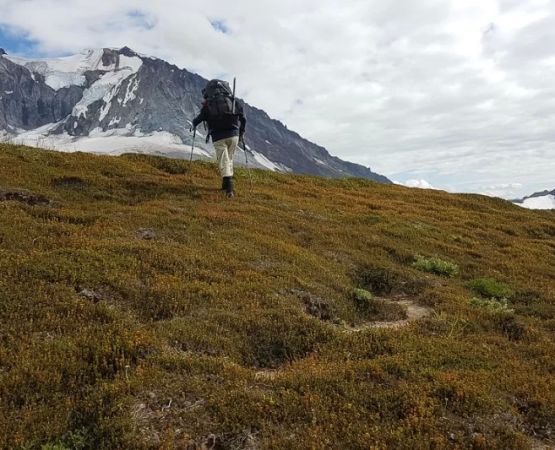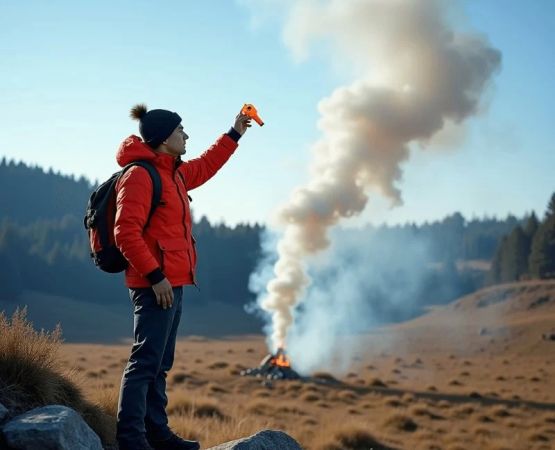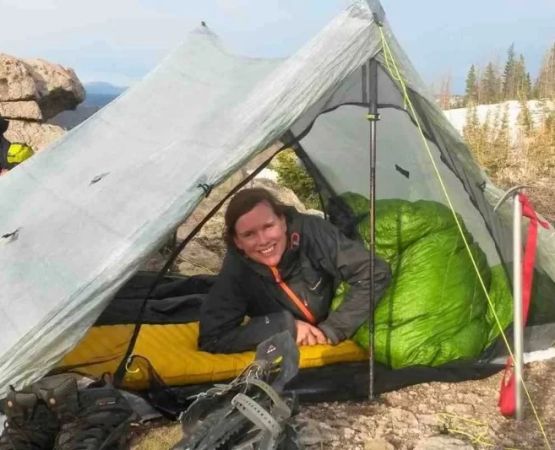- 1-Preparing-for-Your-Solo-Camping-Trip-in-the-USA
- 2-Choosing-the-Right-Location-for-Solo-Camping
- 3-Essential-Gear-and-Safety-Tips
- 4-Navigating-Campsite-Setup-and-Campfire-Safety
- 5-Managing-Food-and-Water-on-Solo-Camping-Trips
- 6-Embracing-the-Solo-Experience-and-Staying-Connected
1. Preparing for Your Solo Camping Trip in the USA
Solo camping in the USA offers a unique opportunity to connect with nature and yourself, but preparation is key for a safe and enjoyable experience. Start by researching the area thoroughly, understanding weather patterns, local wildlife, and regulations. Planning your trip with clear goals—whether relaxation, adventure, or reflection—helps shape your packing and itinerary decisions.
Physical fitness and mental readiness are equally important. Solo camping requires self-reliance and calm decision-making, so training through shorter hikes or overnight trips builds confidence and experience.
2. Choosing the Right Location for Solo Camping
Selecting a suitable campsite is crucial for solo campers. Popular national parks like Yosemite, Yellowstone, and the Great Smoky Mountains offer well-maintained trails and campgrounds with ranger support. However, these can be crowded, so consider lesser-known spots or dispersed camping areas for solitude.
Accessibility, safety, and available resources should guide your choice. Pine Cliff Resort, for example, offers family-friendly and solo camping sites that combine convenience with natural beauty—ideal for first-time solo campers seeking comfort and security.
3. Essential Gear and Safety Tips
Bringing the right gear can make or break your solo camping trip. Essentials include a reliable tent, sleeping bag suited to the climate, a portable stove, first aid kit, navigation tools, and sufficient lighting. Carry a whistle and a personal locator beacon for emergencies.
Safety also involves informing a trusted contact of your plans, setting check-in times, and understanding basic survival skills. Avoid risky areas and always have a contingency plan in case of unexpected weather or injuries.
4. Navigating Campsite Setup and Campfire Safety
Setting up your campsite efficiently promotes comfort and safety. Choose flat, elevated ground away from water runoff and animal paths. Arranging your tent, cooking area, and food storage thoughtfully prevents accidents and wildlife encounters.
Campfire safety cannot be overstated. Use designated fire rings, keep fires small, never leave them unattended, and fully extinguish before sleeping or leaving. Fire regulations vary by region, so always check local rules.
5. Managing Food and Water on Solo Camping Trips
Planning your food and water is critical, especially when solo camping. Pack non-perishable, high-energy foods and bring more than enough water or reliable filtration systems. Bear-proof containers or hanging your food are essential in areas with wildlife.
Cooking efficiently and cleaning up thoroughly reduces risks and improves your experience. Always follow Leave No Trace principles to protect the environment for future campers.
6. Embracing the Solo Experience and Staying Connected
Solo camping allows deep reflection and a break from daily distractions. Embrace the quiet moments, explore at your own pace, and cultivate mindfulness. However, staying connected is also wise—carry a charged phone, portable charger, and consider satellite communication devices in remote areas.
Balancing solitude with preparedness maximizes the benefits of solo camping while ensuring your safety and peace of mind.
For the best solo camping spots and gear recommendations in the USA, consider checking out resources and services offered by Pine Cliff Resort. Their expert guidance and facilities provide an excellent foundation for both novice and experienced solo campers.






